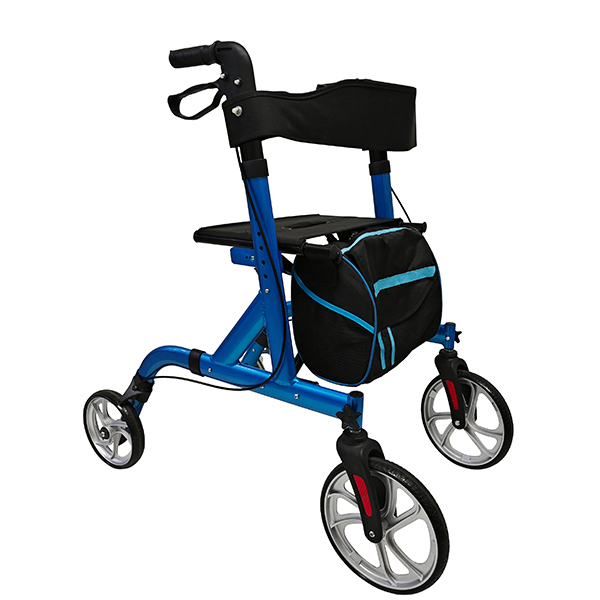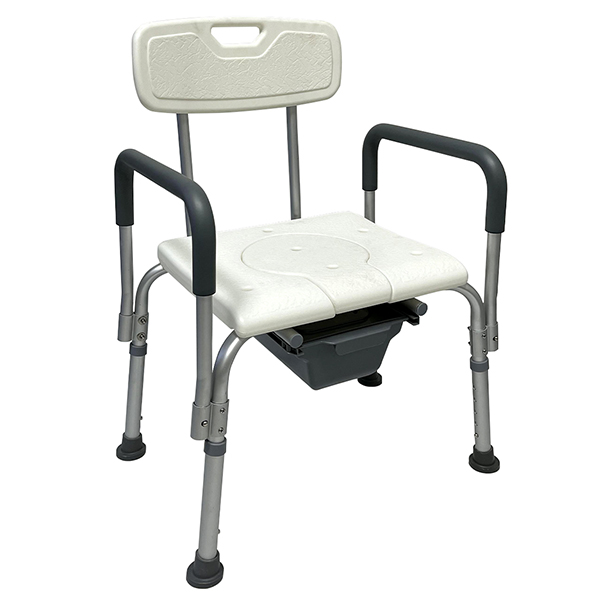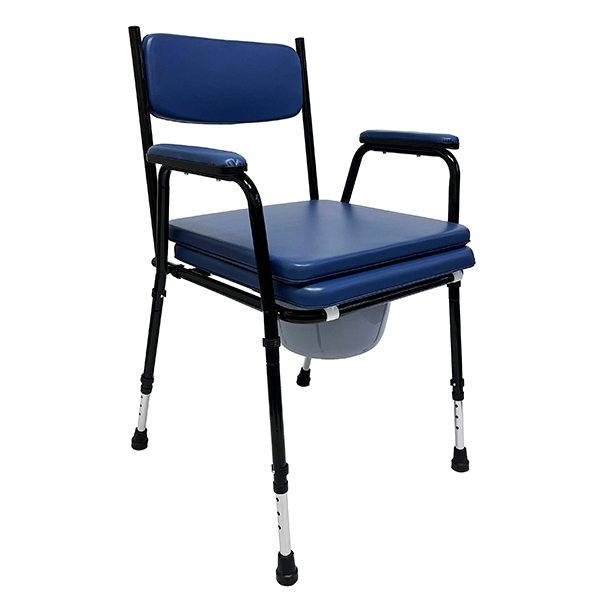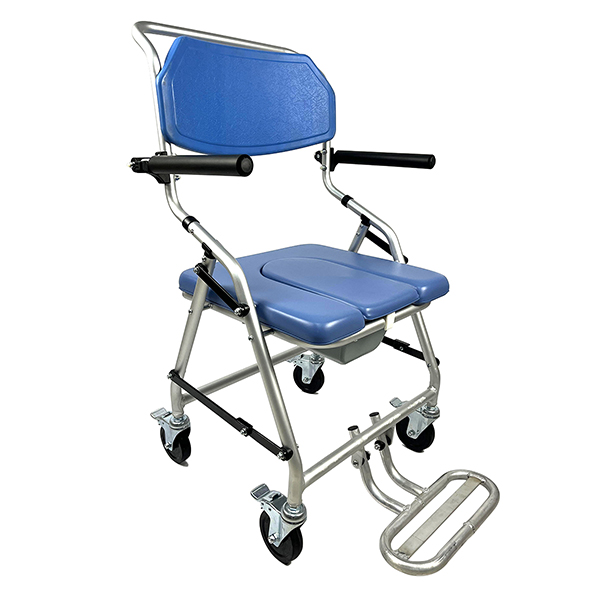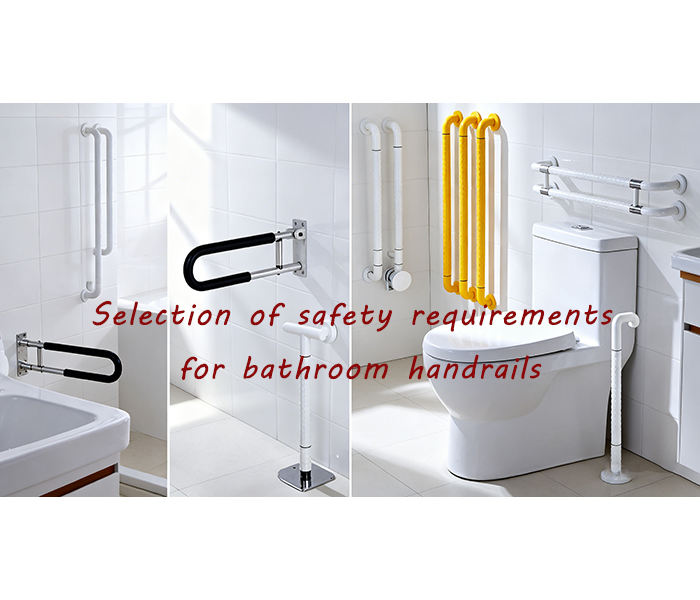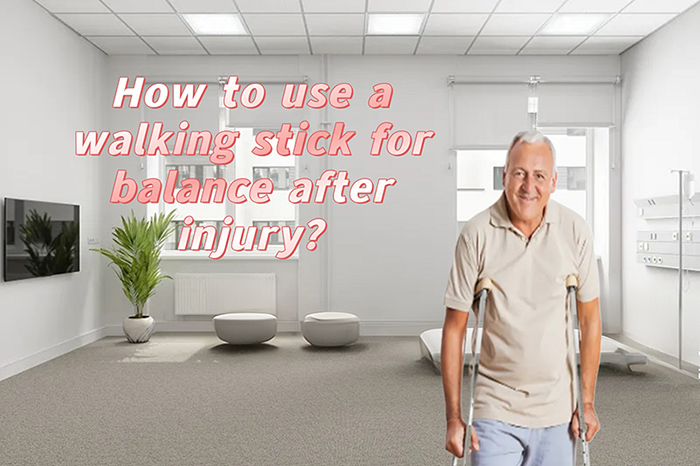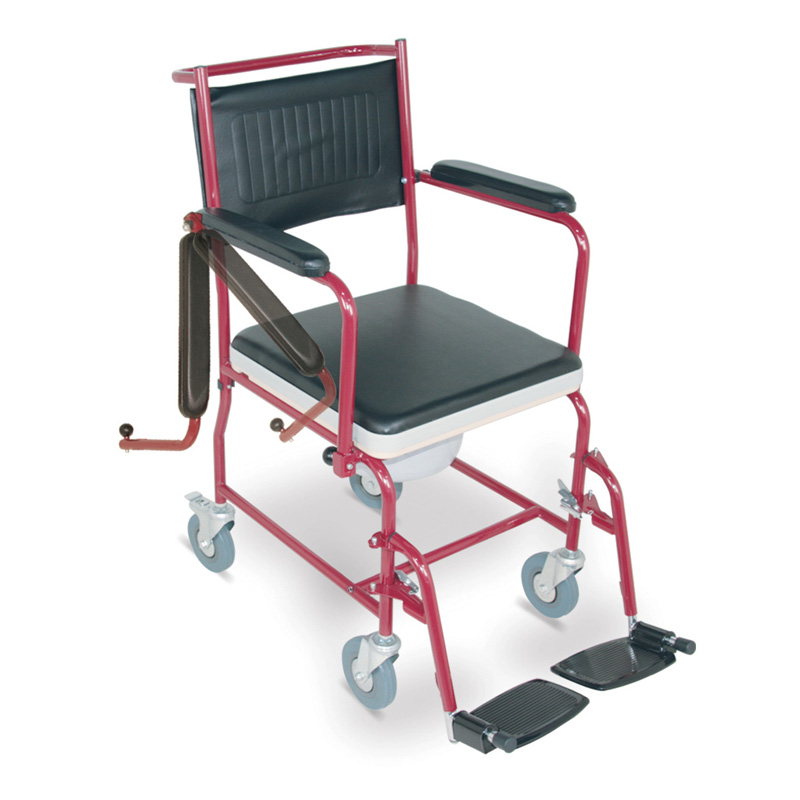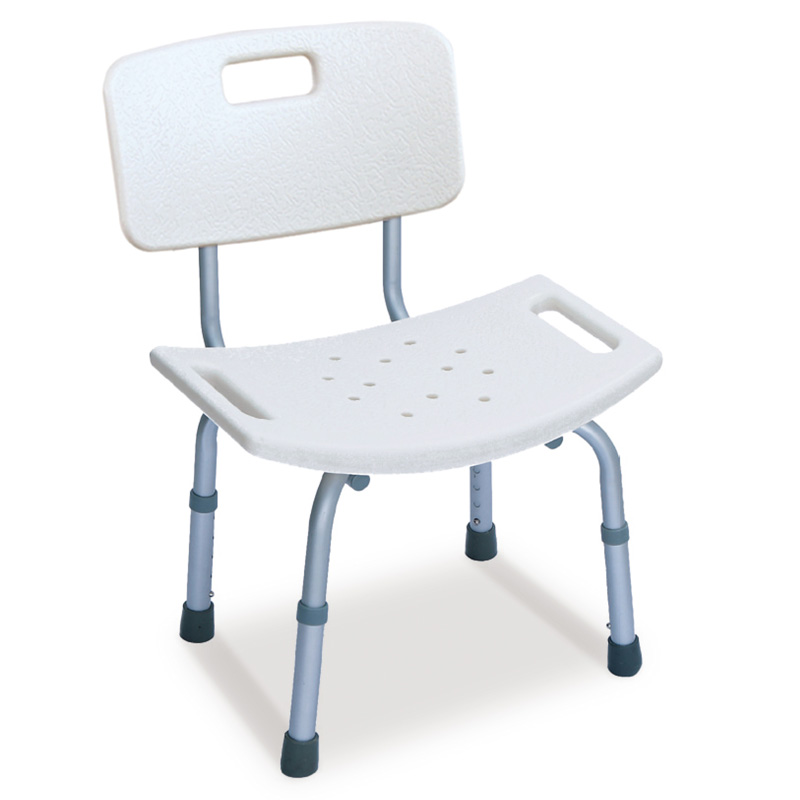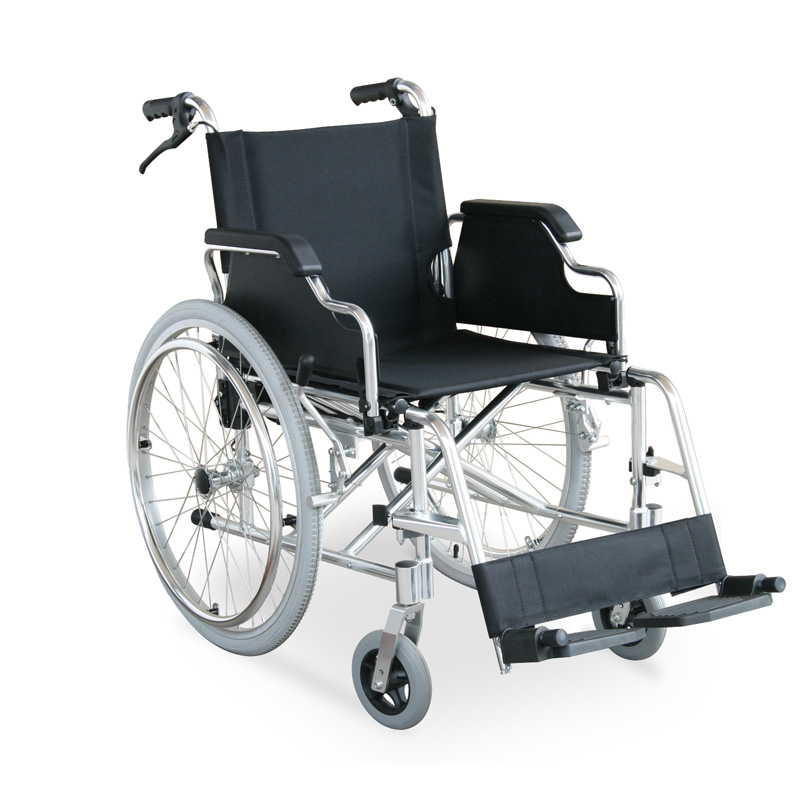Jak utáhnout brzdy na rolátoru?
2025-09-06 03:00
Pojízdné vozíky hrají zásadní roli při pomoci starším lidem a těm, kteří se zotavují z nemoci. Stabilita jejich brzdových systémů je klíčová pro bezpečnost uživatelů. Mnoho lidí má během používání uvolněné brzdy a snížený brzdný výkon, ale nevědí, jak je správně utáhnout. Níže jsme sestavili podrobný návod s praktickými tipy, které vám pomohou.
How to tighten brakes on a rollator?
Compact portable rollator are essential daily aids for seniors and rehabilitation patients, and the stability of the compact portable rollator brake systems is crucial to user safety. Many users experience loose brakes and reduced braking performance, but struggle to determine how to properly tighten their lightweight rollator brakes. Below, we've compiled a step-by-step guide with practical tips to help you.
First, gather the following tools:
Small wrench (8mm on one side, 10mm on the other, use the 8mm one) and gloves (if necessary).
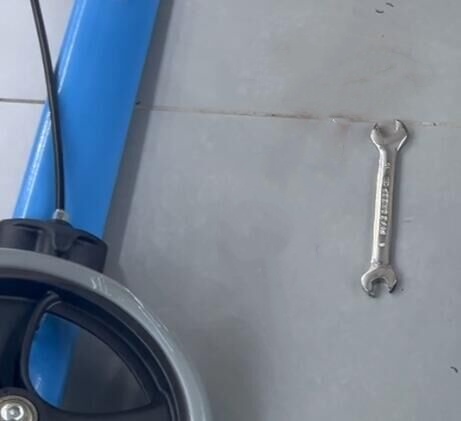
Step 1: Press the lightweight foldable rollator brake lever.
Remember, whether you've just bought a new lightweight foldable rollator or have been using an older lightweight rollator for a while, to determine if the lightweight rollator brakes are working properly, start by pressing the brake lever. Hold the lightweight rollator's arms with both hands and, without applying too much pressure, use your thumb or index finger to gently press down on the lightweight rollator brake lever until you hear a click.This dddhhhclickdddhhh is particularly important. It means that the brake lever of the lightweight rollator in your hand has been accurately locked into place, which means that the brake system of the lightweight rollator is officially activated.
Then you can proceed to check the subsequent status of the lightweight rollator's brake. If you don't hear this dddhhhclickdddhhh, either you didn't press the lightweight rollator brake lever hard enough and didn't press the brake lever of the lightweight rollator to the bottom, or the brake lever of the lightweight rollator may be loose. You should first check whether there is a problem with the buckle of the lightweight rollator's brake lever, and then check the brake condition of the lightweight rollator.
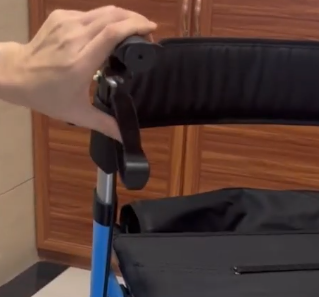
Step 2: Check the gap between your aluminum rollator 's wheel and the brake pad.
The key to an aluminum rollator 's braking performance lies in the tight fit between the aluminum rollator 's wheel and brake pad. After pressing the aluminum rollator's brake lever, bend down slightly and check the gap between the aluminum rollator wheel and the aluminum rollator brake pad. Normally, the two should fit snugly together, with a gap no larger than 1mm.
If you can clearly see a gap, or if you feel a swishing sound when turning the aluminum rollator's wheel, with no friction at all, the brake play is definitely too large and needs adjustment. If you can't see a gap, that's fine; just rely on feel: if you feel a slight resistance and a rustling sound when turning the aluminum rollator's wheel, the gap is just right. If there's no sound or resistance, it's time to adjust your aluminum rollator.
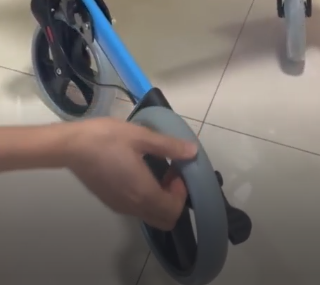
Step 3: Push your foldable rollator to see if the wheels slip when the brake lever is pressed.
Measuring the distance alone isn't enough; you need to actually test your foldable rollatorbrakes. Place the foldable rollator on a stable surface, preferably on a tiled or concrete floor like those found in supermarkets (don't test on carpet, as it's soft and can make the test less accurate). After pressing the foldable rollator brake lever, hold onto the handlebars with both hands and gently push forward or backward—remember, dddhhhgently push,dddhhh not with brute force. If the foldable rollator wheels don't budge, no matter how hard you push, the foldable rollator brakes are working properly. If the wheels turn slightly or the foldable rollator moves slightly, the brakes are not adjusted properly and should be adjusted. Otherwise, it could be dangerous if the foldable rollator slips while you're pushing a foldable rollator . If someone else is home with you during this test, have them provide support for added safety.
Step 4: Check the braking distance first. This is a crucial prerequisite before adjusting the brakes.
If you find your rollator walker for elderly brakes is loose and want to tighten them, don't rush to adjust the components. First, check the braking distance. This is the distance you need to press the brake lever from the moment you start pressing it until the wheels come to a complete stop. A normal braking distance should be between half and two-thirds of the total lever travel. If the rollator walker for elderly brakes only come into effect with just a slight push, it's easy to dddhhhbrake suddenly,dddhhh potentially causing an elderly person to sway. If you have to press the rollator walker for elderly lever all the way down for the wheels to stop, there's no time to brake in case of an emergency. You can place a small sticker on the rollator walker for elderly brake lever to mark the area. This will indicate the correct distance.
Step 5: To tighten the aluminum rollator brakes, turn this part counterclockwise.
Remember to turn it counterclockwise. To adjust the aluminum rollator brake system, first locate the adjustment part. It's usually located at the connection between the brake lever and the armrest of the aluminum rollator. It's a round knob with anti-slip ridges. Some are black, others silver, and it's easy to find. Hold the knob with a small wrench and slowly turn it counterclockwise. Stop after each half turn. Then press the brake lever and push the aluminum rollator. If the aluminum rollator wheel becomes increasingly harder to turn as you push until it stops, the aluminum rollator brakes are properly tightened.
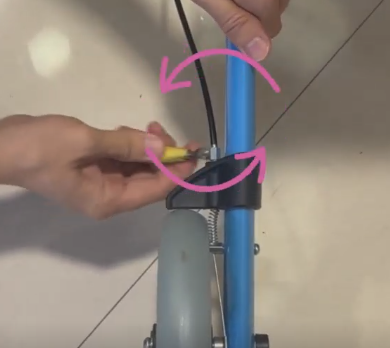
Step 6: Over-adjust?To release the brakes, turn the same knob clockwise.
If you accidentally overtightened the foldable rollator brakes while adjusting, and the foldable rollator feels heavy and won't turn when you push it, don't panic. Loosening the wheel is easy. Just turn the knob clockwise. Turn it slowly, stopping a little bit while manually turning the wheel. Once you feel the foldable rollator wheel moving more smoothly and pushing becomes easier, press the foldable rollator brake lever again. If it still stops without slipping, then the adjustment is correct. Be careful not to turn too much at once, as this will cause the foldable rollator brakes to loosen again.
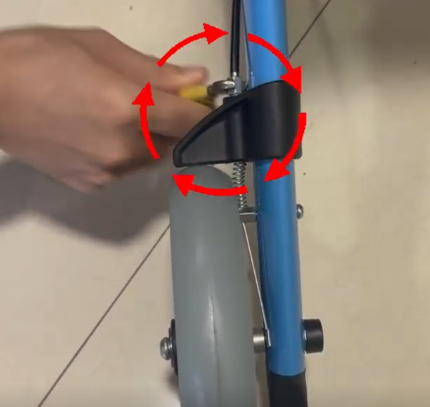
A final reminder: if the tires are worn after a period of use, the brakes should also be adjusted.
Many people don't realize that tire wear can affect the compact portable rollator 's brakes. Failure to adjust them promptly can create safety hazards, so tires and brakes must be properly maintained. After adjusting the compact portable rollator's brakes, don't neglect routine tire maintenance: After each use, wipe the tire surface with a dry cloth to remove dust and small stones, preventing stones from getting stuck in the cracks and accelerating wear. Avoid exposing the compact portable rollator to direct sunlight or humidity, as these can cause rubber to age and crack. If tires wear rapidly, avoid loading compact portable rollator with heavy objects and reduce tire pressure. A compact portable rollator is a great travel companion.
Friendly reminder: Regular inspection and maintenance can extend the life of your compact portable rollator brakes.
1. Always keep the compact portable rollator brake system clean to ensure longevity.
2. Refer to your compact portable rollator's manual for any specific instructions.
3. If you're unsure whether you can fix the problem yourself, seek professional assistance; it's better to be safe than sorry.
-
Please visit All Terrain Rollator Lehký hliníkový válec
Tento lehký hliníkový válec All Terrain Rollator je kompaktní a dostatečně široký, aby se vešel do většiny dveří. Jeho kola jsou ideální pro použití ve všech terénech. Díky svému vynikajícímu výkonu je tento lehký hliníkový válec All Terrain Rollator skvělou volbou pro seniory a dospělé.
Získat nejnovější cenu? Odpovíme co nejdříve (do 12 hodin)
